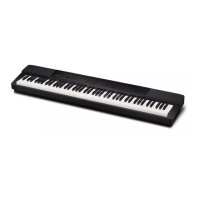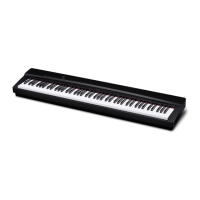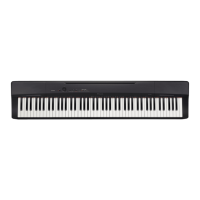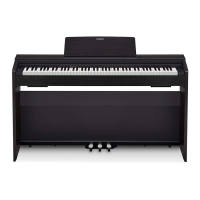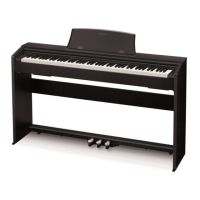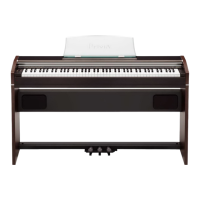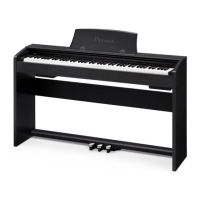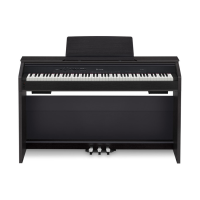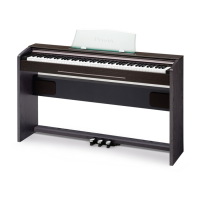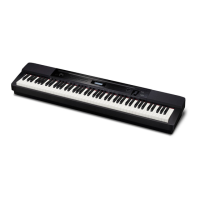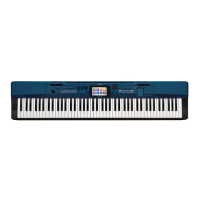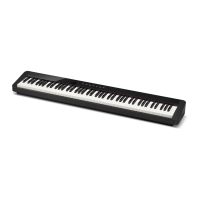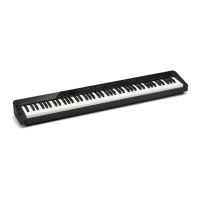Why is the pitch off on my Casio Privia PX-150 Musical Instrument?
- WwwilliamsJul 26, 2025
If the pitch of your Casio digital piano is off, check the key setting and change it to “0”. You can also try turning the digital piano off and then back on. Ensure the octave shift setting is set to 0. Also, make sure that the temperament setting is set to “00:Equal”, which is the standard modern tuning.
